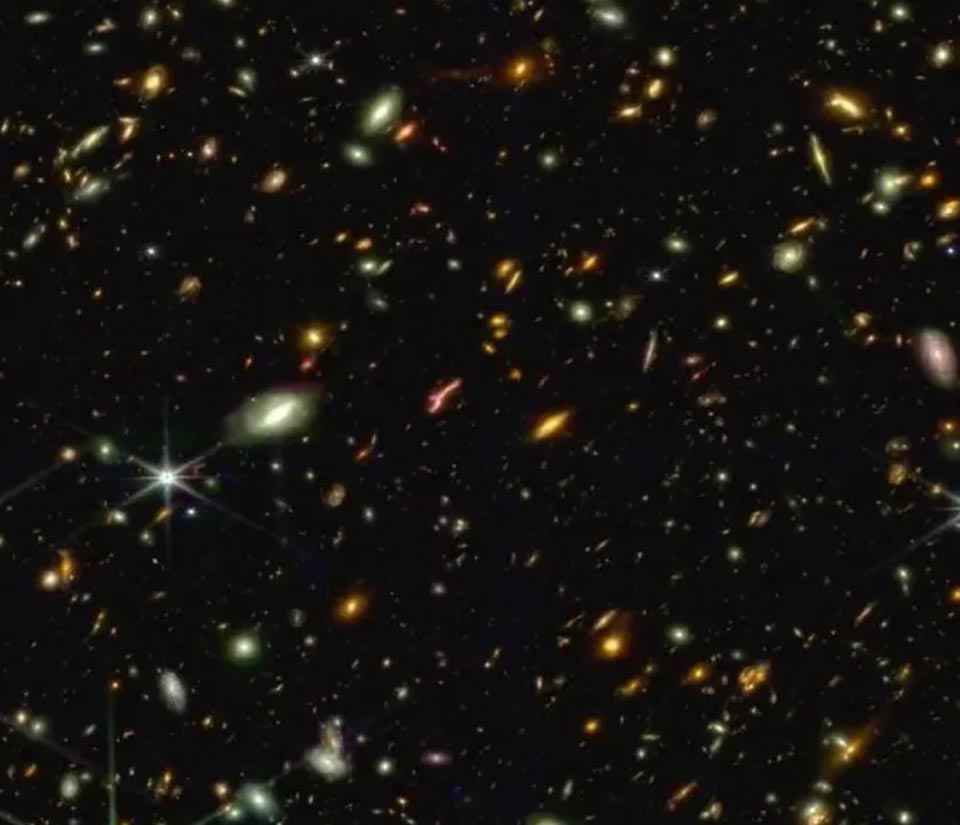
The National Astronomical Research Institute of Thailand (NARIT) has announced that Thai astronomers recently made a groundbreaking discovery of 13 low-mass galaxies using the James Webb Space Telescope.
According to NARIT, these galaxies, which date back to the universe’s infancy about 13 billion years ago, are some of the earliest and smallest ever detected, with masses significantly less than that of the Milky Way. The finding, reported in the Astrophysical Journal Letters, provides invaluable insights into the characteristics and formation of early galaxies during the Epoch of Reionization—a crucial era roughly 550-700 million years after the Big Bang when the universe’s initial stars and galaxies began to form.
The research highlights the James Webb Space Telescope’s ability to explore the universe’s dawn, revealing details about these ancient galaxies’ mass, age, shape, and metallicity. However, capturing low-mass galaxies remains challenging due to their faint visibility at the edge of the telescope’s imaging capabilities.
The astronomers’ analysis shows these galaxies are currently producing stars at a rate of 1-10 per year, with star ages ranging from 30 to 200 million years. This data has enabled the creation of a formula estimating the galaxies’ star formation rate and mass, marking a significant step forward in understanding the universe’s early development. (NNT)








